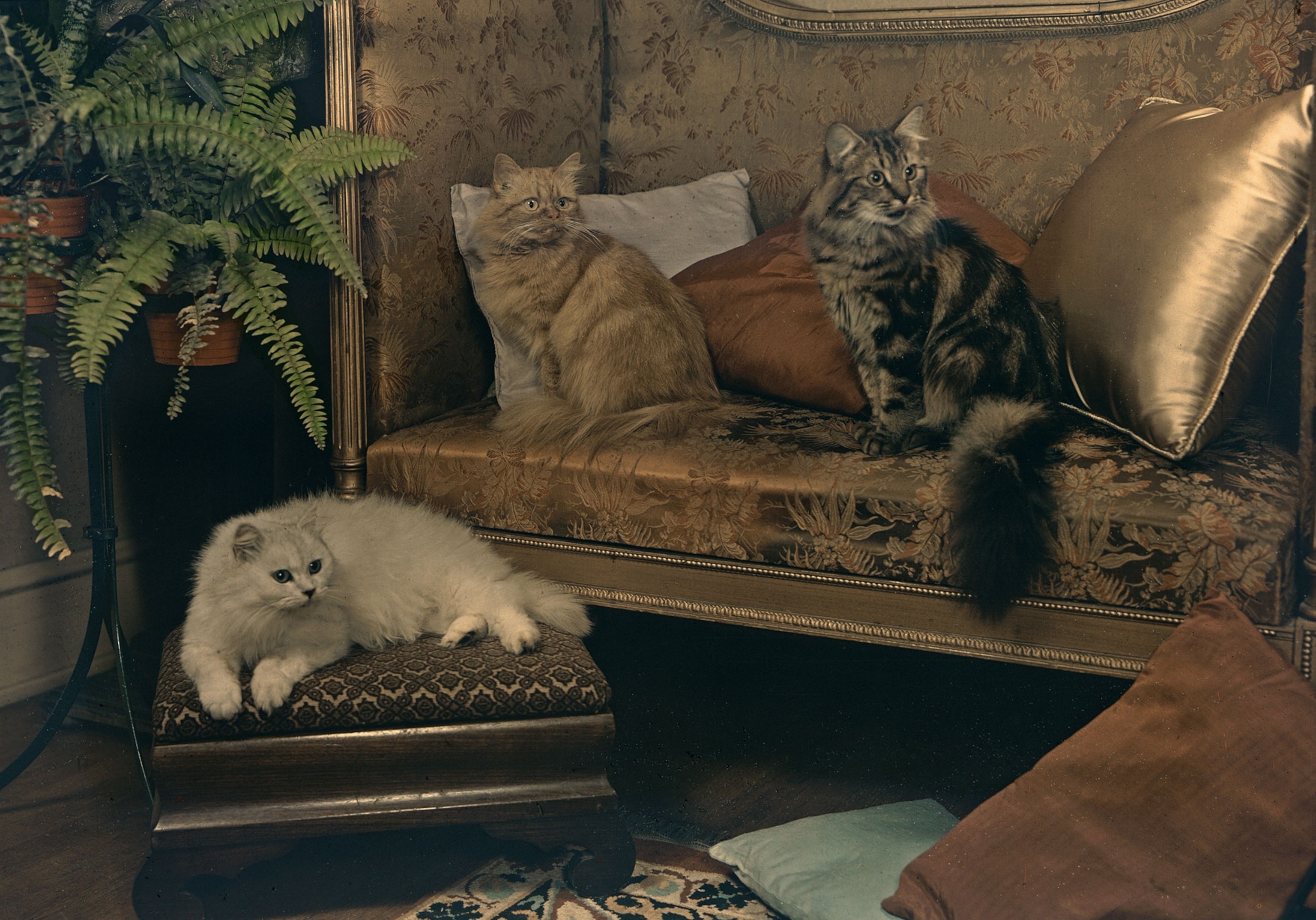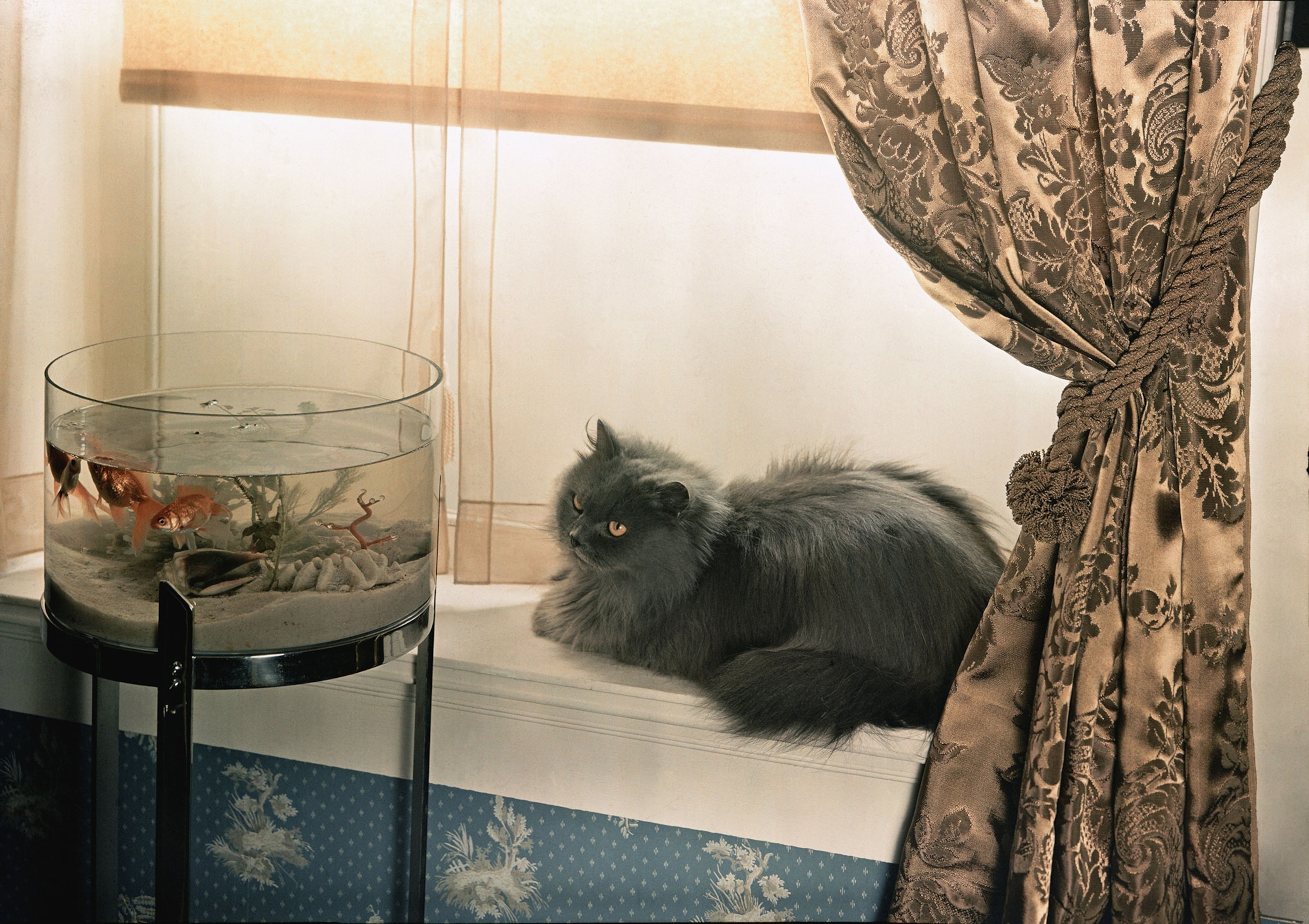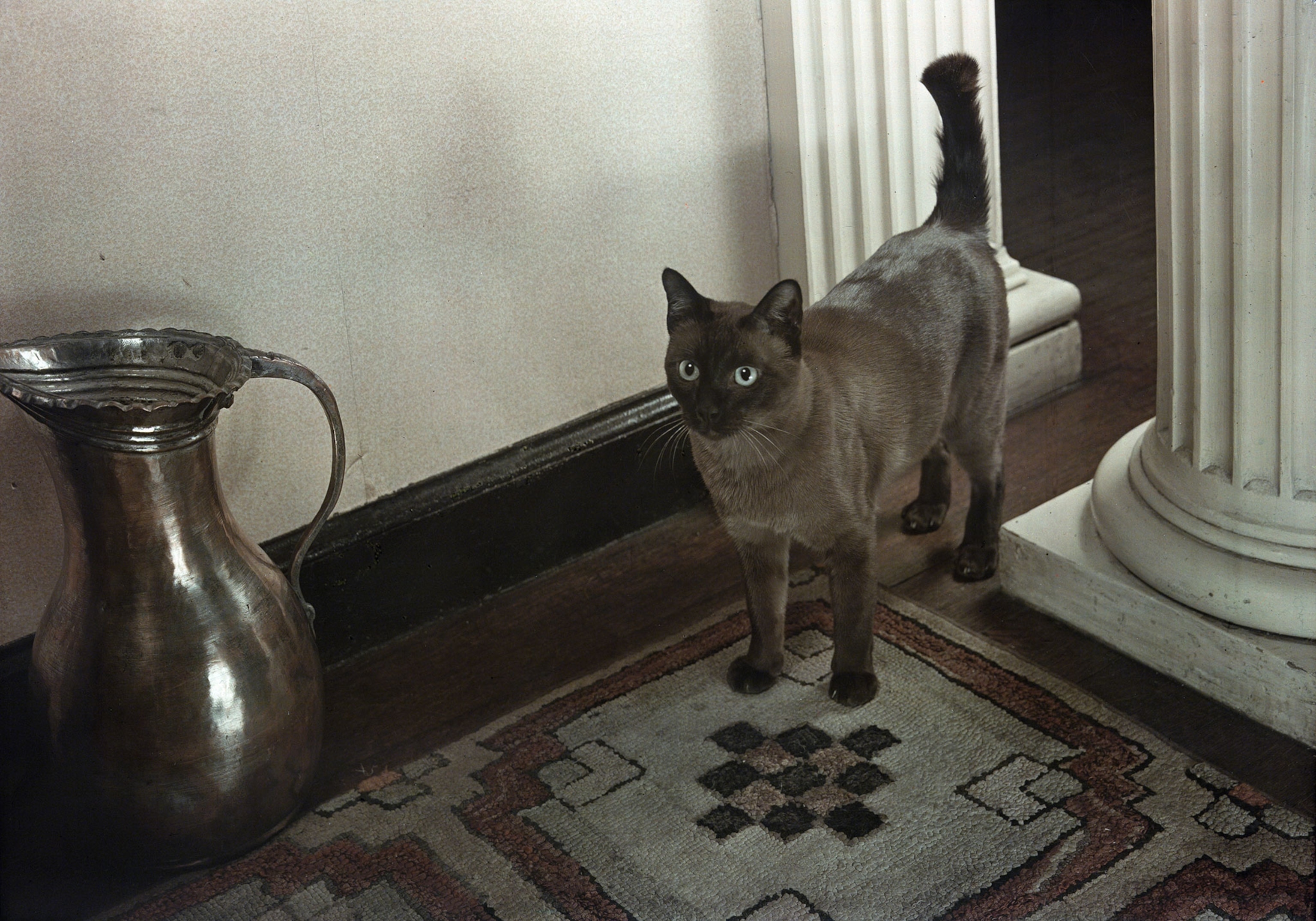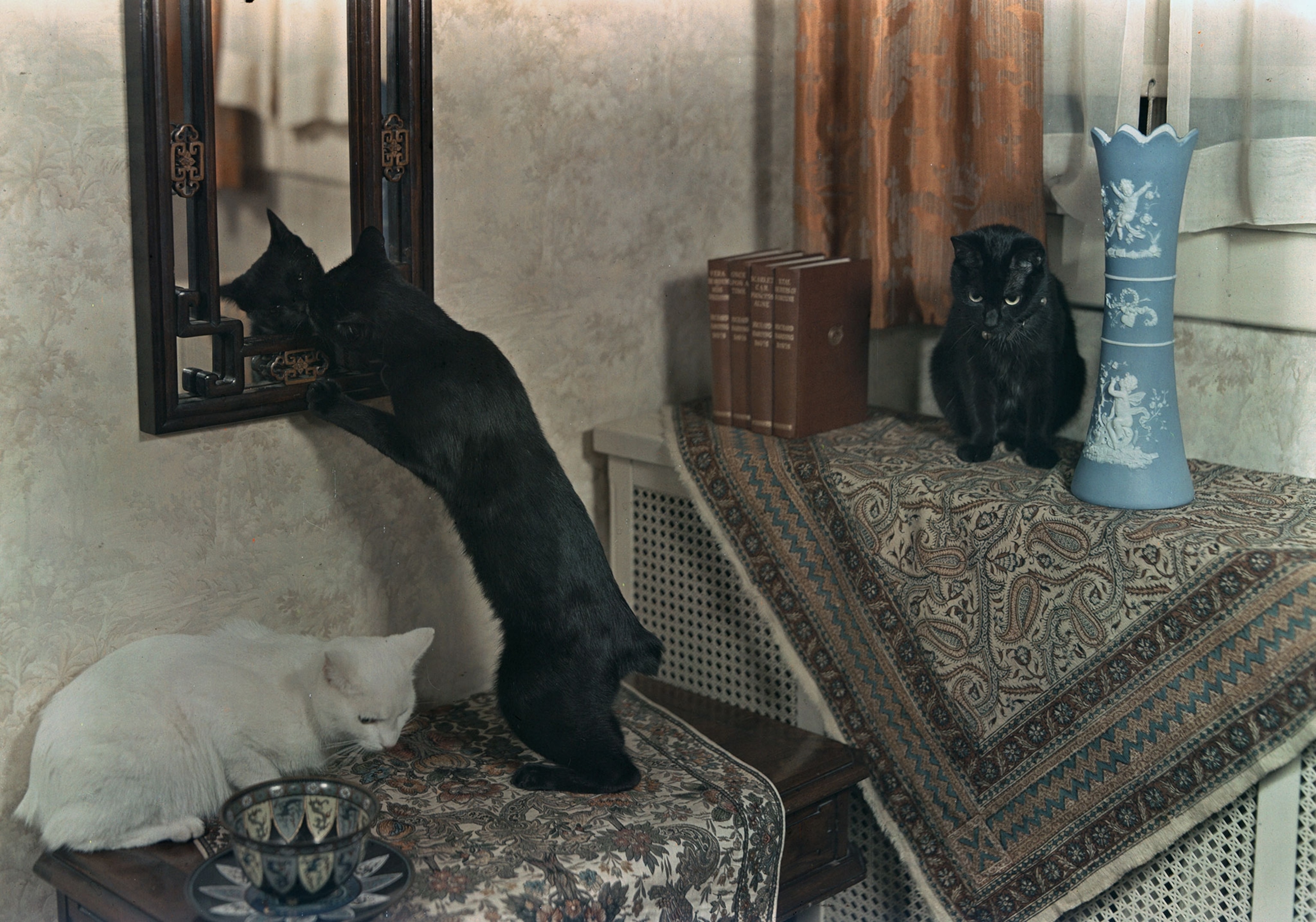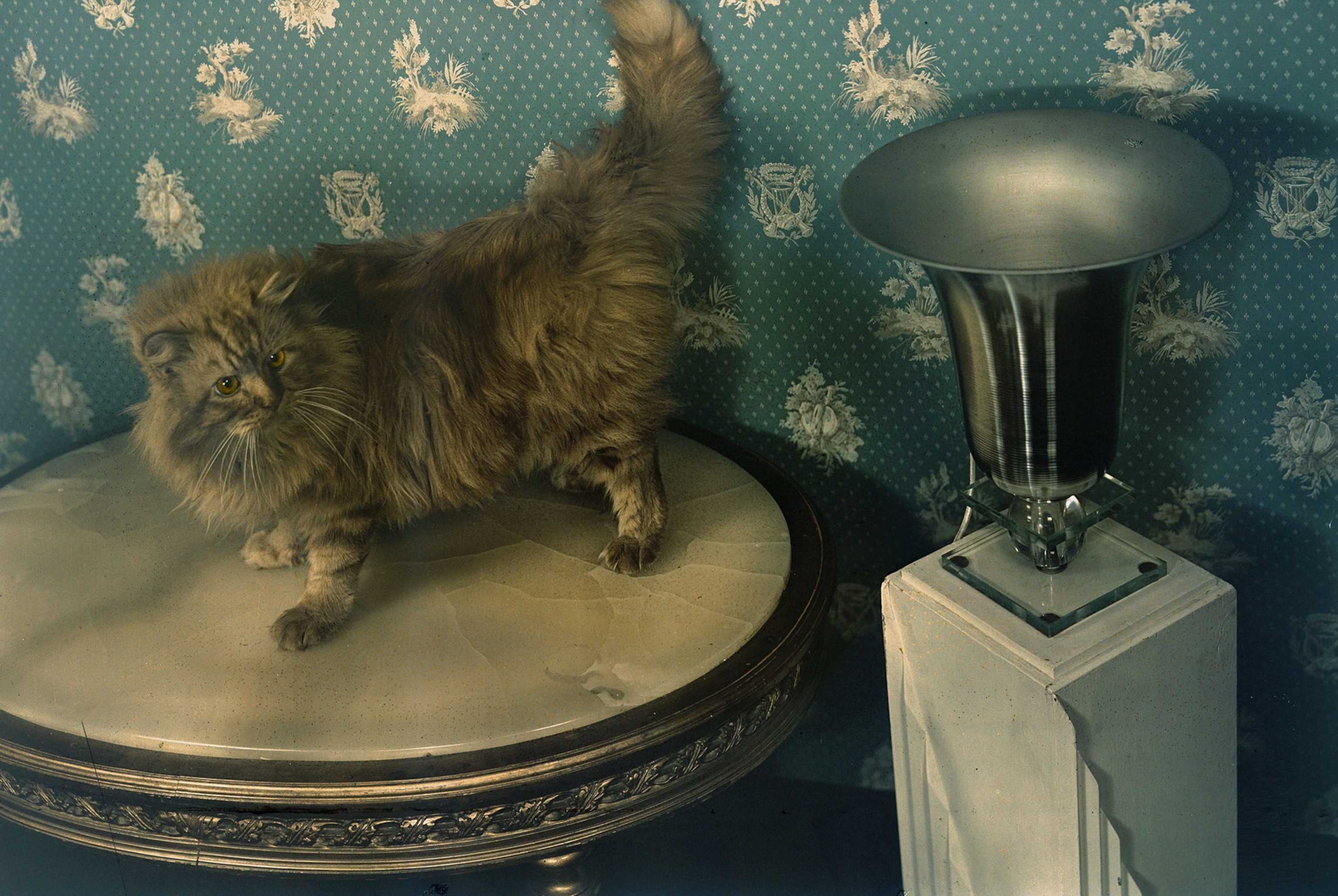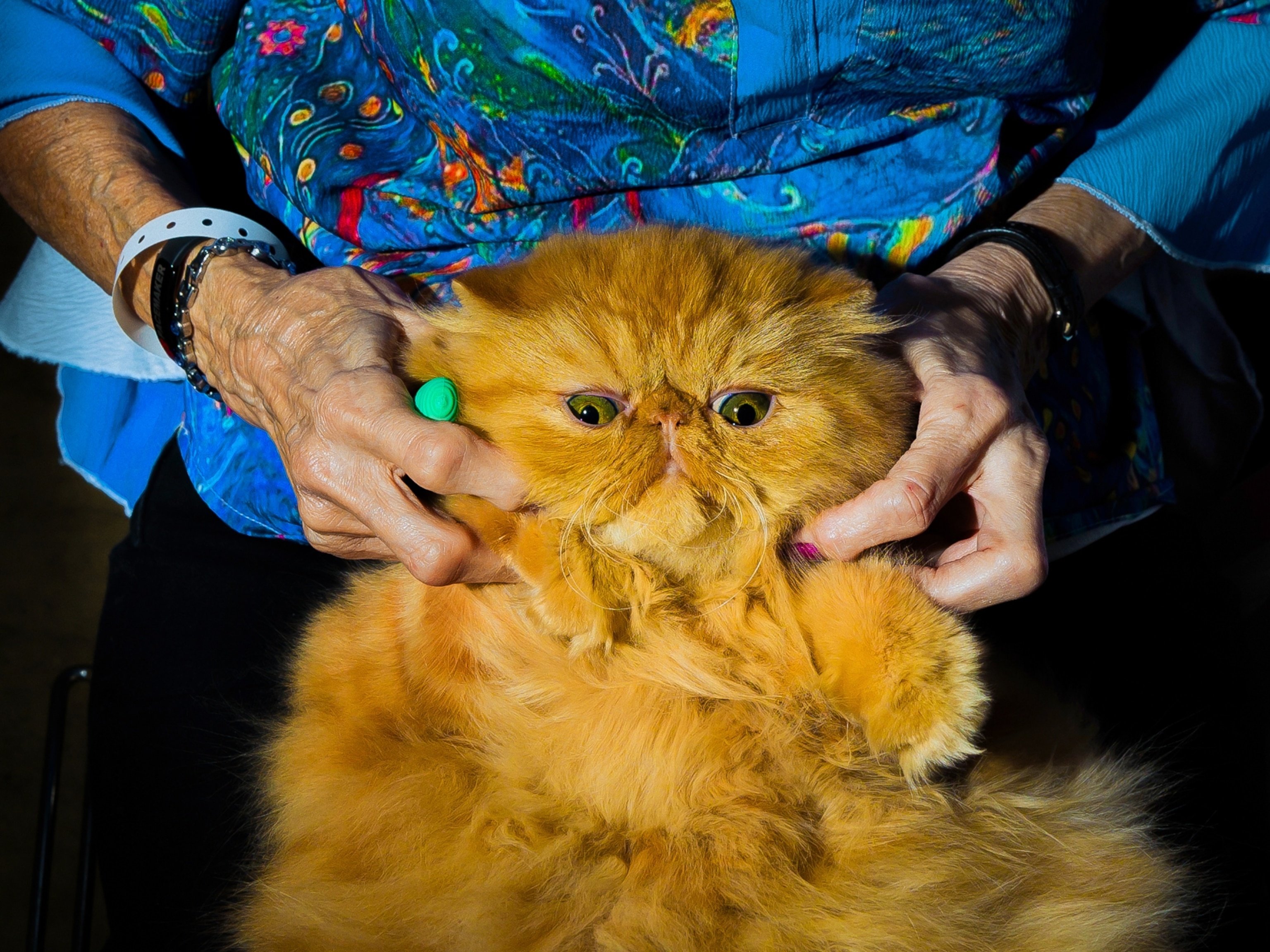
Why You're Probably Training Your Cat All Wrong
Yes, they're independent and willful, but felines can be taught certain behaviors—to the benefit of both cat and human.
Training has always been part of the deal when you own a dog, though methods have changed a lot over the generations. Cats are a different story—but they shouldn’t be.
“People don’t traditionally train cats because they think of cats as ... independent and full of free will,” says Sarah Ellis, co-author of The Trainable Cat. (Read how everything you think about cats may be wrong.)
“What they don’t realize, though, is that they are subconsciously training their cats on a daily basis.”
Herding Cats
The bad news is that you’re often training your cat to do the opposite of what you want. How many times have you yelled "No!" and run over to scoop your cat off the kitchen counter? And yet, it never seems to learn. There’s a reason for that.
You think you’re scolding, but you’re “inadvertently giving the cat attention, which, in the cat’s mind, is better than nothing, and so it’s rewarding,” says Mikel Delgado, a postdoctoral fellow at the School of Veterinary Medicine at University of California, Davis.
It’s a basic principle of training: If a behavior results in something the animal likes, it’ll do it again. (See our favorite photos of pet felines.)
So, stop letting that principle work against you and get it to work for you instead. “Reward what you like and ignore what you don't like,” says Delgado.
The Power of Positivity
Training gives you a more effective way to communicate—and you may even find your cat communicates back.

Delgado saw this when she taught her cat to use the scratching post instead of trying to teach her not to scratch the couch: “When my cat wanted a treat, she’d go to the scratching post and put a paw on it and look at me like, 'Hey, are you going to give me a treat for this?'”
When you start ignoring undesirable behavior, you’ll need to hold your ground through the “extinction burst,” as trainers call it. (Learn surprising things you never knew about your cat.)
“Initially the animal will try harder, so if you stop getting up to feed your cat in the middle of the night it'll probably meow louder and walk on your face,” says Delgado. “You have to be very consistent in not responding.”
See 16 Vintage Pictures of Pampered Cats
To start teaching your cat to do things you want, Ellis suggests training it to come when called. Stand two or three feet away, call your feline friend’s name to get its attention, then say, "Come," and hold out a treat.
If necessary, reach out with the treat then move it closer to your body to get the cat to follow it. Repeat until the cat starts to respond consistently, and then gradually call to your cat from farther and farther away.
Rich Rewards
Once that makes a believer of you, you can start training you cat to do more challenging but useful behaviors, such as tolerating nail trims or going willingly into a carrier. (Read what cats are really trying to tell us.)
Always break the process down into tiny steps. For nail trimming, start by rewarding your cat repeatedly for just allowing a paw to be touched.
Once your cat is comfortable with that, give it a treat when you press its paw gently to extend a claw. Step by step, work up to trimming one nail, then more than one at a time. The process may sound tedious, but it’s worth it for a lifetime of not struggling with the routines of basic care.
Make sure you’re using food rewards that your cat is enthusiastic about: If kibble isn’t exciting enough, try soft treats, or bits of canned food. These rewards should be very small, and make sure to cut back a bit on your pet’s regular meals, to prevent weight gain. Train in very short sessions, and don’t try to progress too quickly.
“The most common mistake people make when training cats is to ask for too much too soon,” says Ellis.
Training is worth the effort: It's easier for you to care for your cat, as well as builds your relationship.
People who train their felines "feel that their cat is not just this willful, stubborn creature doing things to annoy them," Delgado says. “There are real benefits for the human-animal relationship, and it’s not as hard as you think."




